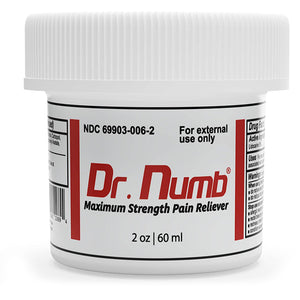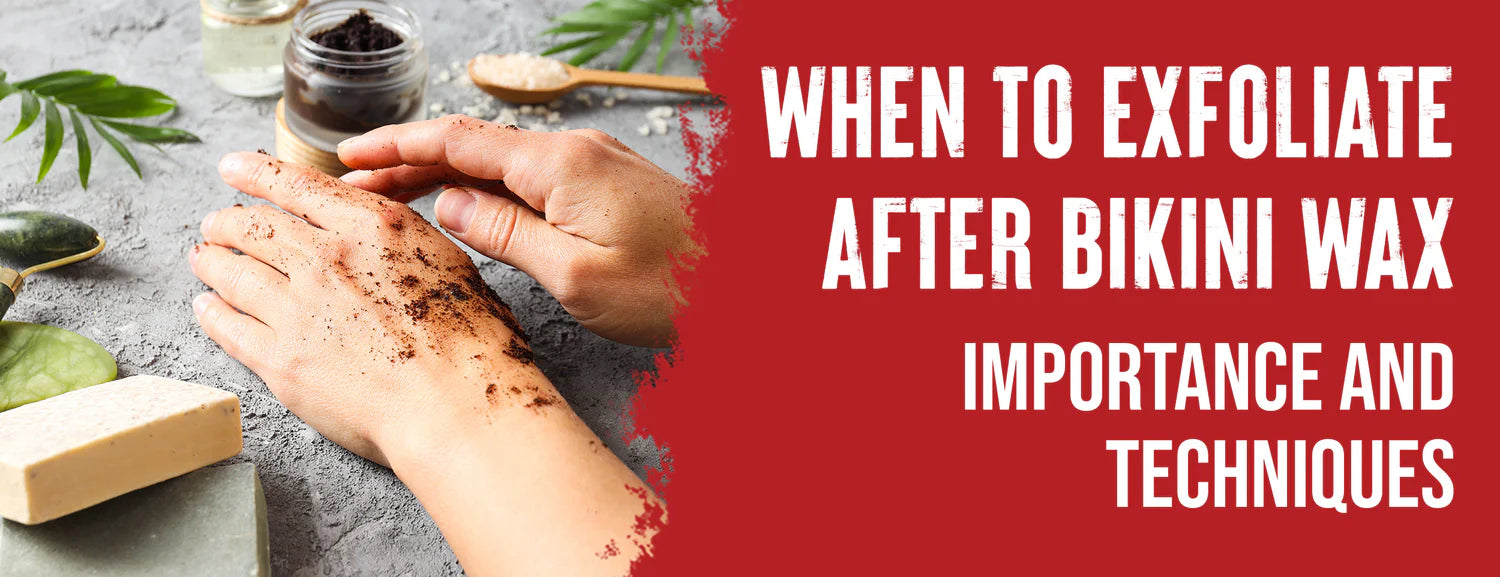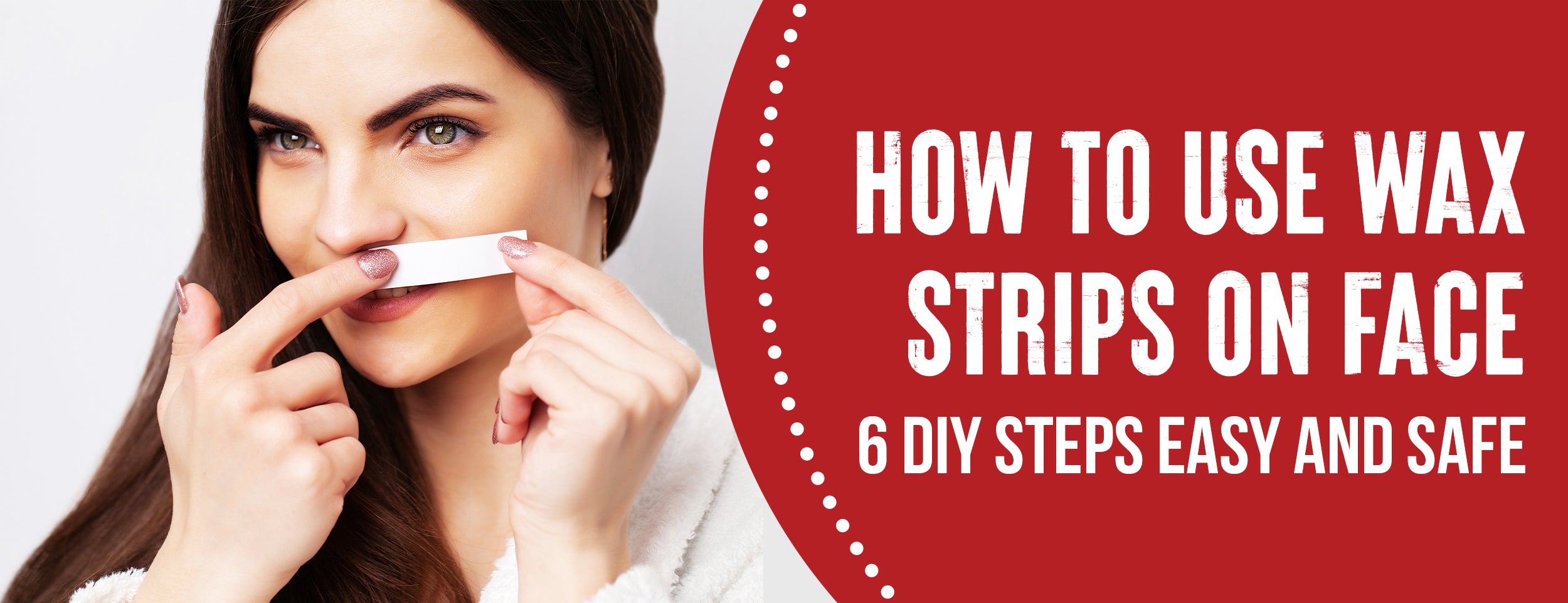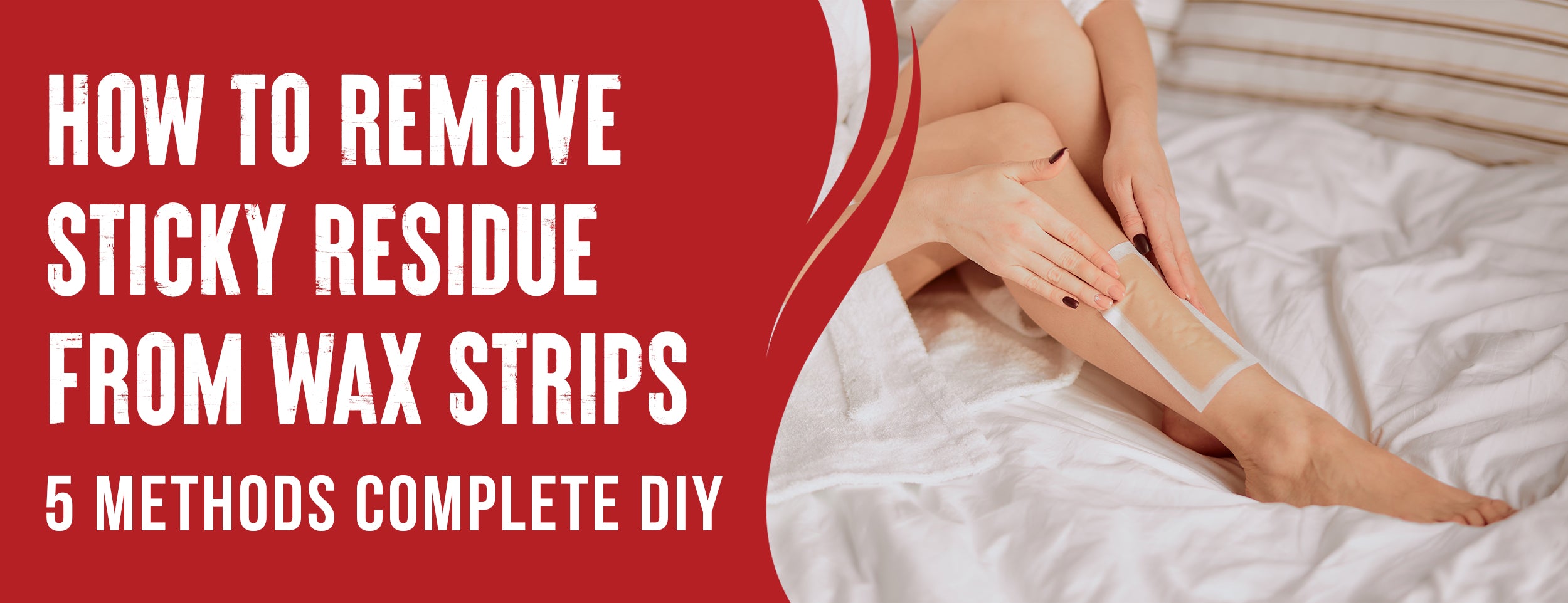Improper methods of waxing can cause ingrown hairs and infections and can also cause harm to the delicate tissues inside the nostrils. This hair removal technique removes not just the hair but also some of the skin, which can lead to cuts or ulcers that may become infected because of naturally occurring bacteria in the nose.
To remove nose hairs using wax, you'll need a nose wax kit with wax, applicators, and aftercare wipes. Follow kit instructions to heat the wax, apply it to an applicator, and insert it into your nostril.
Wait for the wax to cool slightly, then firmly pull out the applicator to remove the hair. Use aftercare wipes to clean and soothe your nose.
In this blog post, we will explain the best methods for waxing nose hairs, nose hair waxing alternatives, and after-waxing care tips.
How To Wax Your Nose Hairs: 7 Best Methods

Nose hair waxing is a quick and easy way to eliminate unwanted nose hair. It is also safe and hygienic if you follow some simple steps. Here is how your nose hair waxing professional will use wax to give you a smooth and clean nose:
- Choose the Right Wax. Hard wax is the best option for nose waxing, as it is gentle on the skin and does not require any strips or cloth. It also adheres only to the hair, not the skin, to minimize irritation and pain.
- Melt the Wax. A wax warmer heats the wax to a thick and creamy consistency. It is then applied to a wooden applicator, which is used to insert the resin into the nose.
- Shape the Wax. The wax is rolled into a ball shape that fits snugly into the opening of the nostril. The wax should not go too deep into the nose, as it could block the airway or damage the mucous membrane. The wax should also be manageable, as removing it could be challenging.
- Cool the Wax. The wax can cool down briefly before being inserted into the nose. This prevents any burns or discomfort from the heat. The wax should still be soft but not runny or sticky.
- Apply the Wax. The wax is gently pushed into the nostril, covering the visible hair that grows from the edge of the nose. The wax should not touch the inner wall of the nose, as it could cause bleeding or infection. The applicator is left in place, with a small part sticking out for easy removal.
- Wait For the Wax To Harden. Depending on the temperature and humidity, the wax takes about two minutes to harden completely. The wax should feel firm and dry and not bend or crack when pulled. This ensures that the resin has a firm grip on the hair and that the skin is not inflamed or sensitive.
- Remove the Wax. After preparing the wax, the esthetician will pull the applicator away from the nose in the opposite direction of the hair growth. The nose will be smooth and hair-free after this. As the mucous membrane protects the finer hairs in the nostrils, the wax will not harm them. The esthetician will repeat the process for the other nostril if necessary.

Nose Hair Waxing: 5 Alternatives

There are alternative methods to remove nose hairs. Here are some options to consider:
Electric Nose Hair Trimmers
Electric nose hair trimmers trim nose hairs safely and efficiently, causing no pain. They feature small blades that rotate to cut the inches close to the skin. Most drugstores have them, and they're easy to use.
Plucking Nose Hairs
Plucking nose hairs can remove them at the root and keep them from growing back for longer. However, this method can be painful and may cause irritation or infection if not done correctly.

Cutting Nose Hairs
Cutting nose hairs is a quick and efficient way to remove them, causing no pain. This method uses small scissors designed explicitly for trimming nose hairs. It is essential to use clean and sharp scissors to avoid any infection.
Using Nose Hair Clippers
Nose hair clippers are like electric nose hair trimmers but use a different mechanism to cut the hair. They are manually operated and feature small blades that cut the inches. They are easy to use and can be found at most drugstores.
Laser Hair Removal
Laser hair removal solves removing nose hairs. This method uses high-intensity light to destroy hair follicles and prevent further growth. It is an expensive method that requires multiple sessions, but it is effective for those who want a permanent solution.
Post-Waxing Care

After waxing, the treated area may experience some redness or sensitivity. To minimize discomfort and prevent infection, follow these post-waxing care tips:
- Do not touch your nose with your hands.
- To soothe the area, apply a soothing lotion or aloe vera gel.
- Avoid putting any products or makeup on the treated area.
- Do not swim or submerge your face in water for at least 24 hours.
- Direct sunlight should not be reflected on the treated area.

Conclusion
Nose hair waxing may seem daunting initially, but with some patience and helpful tips, it can become a simple part of your grooming routine. By removing excess nose hair, you'll not only improve your appearance but also promote better nasal hygiene.
So, whether you prefer the smooth feeling of waxing or another grooming method, keeping your nose hair well-maintained is essential. Our guide has helped you navigate the world of nose hair care and grooming.

![5 Facts [6 Complications] About Bikini Waxing and Herpes](http://drnumb.com/cdn/shop/articles/Can_You_Get_A_Bikini_Wax_With_Herpes__5_Facts_6_Complications.jpg?v=1708074237&width=1100)












